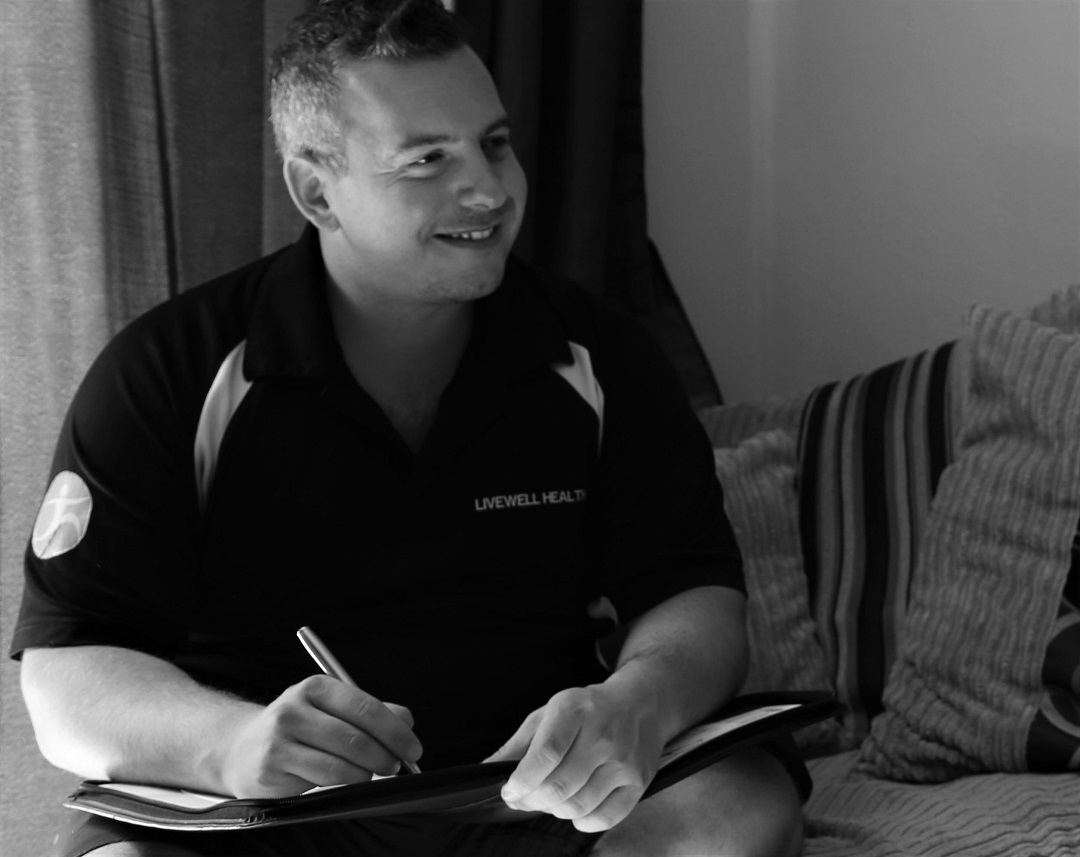Cupping therapy, a form of alternative medicine with roots tracing back to ancient Egyptian, Chinese, and Middle Eastern cultures, has gained considerable popularity in contemporary health and wellness circles. This practice involves placing cups on the skin to create suction, which is believed to enhance blood flow, reduce muscle tension, and promote healing and relaxation. Despite its ancient origins, cupping has found a place in modern therapy, offering a holistic approach to health that complements conventional medical treatments.
The History and Techniques of Cupping Therapy
Cupping therapy dates back thousands of years. Historical records suggest that the ancient Egyptians used it as early as 1550 B.C., as documented in the Ebers Papyrus. The technique also features prominently in traditional Chinese medicine (TCM) and has been practised by various cultures worldwide for centuries.
There are two main types of cupping: dry cupping and wet cupping.
- Dry cupping involves placing cups on the skin to create a vacuum. This can be achieved either by heating the air inside the cup and then placing it on the skin, causing the air to cool and form a vacuum, or by using a pump to create the suction.
- Wet cupping, also known as hijama, involves a similar process, but after the suction, the therapist makes small incisions on the skin to draw out a small quantity of blood. This is believed to help remove toxins from the body.
Cups can be made from various materials, including glass, bamboo, earthenware, and silicone. The type of material and method used can vary depending on the practitioner’s approach and the specific needs of the patient.
The Mechanisms and Benefits of Cupping Therapy
The primary mechanism behind cupping therapy is the creation of a vacuum that draws blood to the surface of the skin. This process is thought to improve blood circulation, relieve muscle tension, and promote cell repair. By enhancing the flow of blood and lymphatic fluid, cupping may help in removing toxins and reducing inflammation.
Key Benefits of Cupping Therapy:
- Pain Relief: One of the most significant benefits of cupping therapy is its ability to alleviate pain. The increased blood flow to the affected area can help reduce muscle soreness, stiffness, and overall pain, making it a popular choice for athletes and individuals with chronic pain conditions.
- Improved Blood Circulation: Cupping therapy stimulates blood flow, which can enhance the delivery of oxygen and nutrients to tissues and promote healing. This improved circulation can also help reduce the appearance of cellulite and varicose veins.
- Muscle Relaxation: The suction and negative pressure created by cupping can loosen muscles, encourage blood flow, and sedate the nervous system, which makes it an effective treatment for high blood pressure.
- Detoxification: Wet cupping, in particular, is believed to draw out toxins from the body, helping to cleanse the blood and boost the immune system.
- Stress Reduction: By promoting relaxation and reducing muscle tension, cupping therapy can help alleviate stress and anxiety, contributing to overall mental well-being.
- Enhanced Skin Health: The increased blood flow and detoxification effects of cupping can improve skin health, reducing conditions like acne, eczema, and inflammation.
Modern Applications and Considerations
Today, cupping therapy is widely used by healthcare professionals, including medical acupuncturists, massage therapists, sports therapists and physiotherapists. Its integration into modern health practices underscores its efficacy and adaptability.
However, it is essential to approach cupping with caution. While generally safe when performed by trained practitioners, cupping can cause side effects such as skin discoloration, bruising, and, in rare cases, burns or infections. Individuals interested in cupping therapy should consult with a healthcare provider to ensure it is appropriate for their specific health needs.
In conclusion, cupping therapy offers a compelling blend of ancient wisdom and modern application. Its ability to provide pain relief, improve circulation, promote detoxification, and reduce stress makes it a valuable addition to contemporary wellness practices. As more people seek holistic and non-invasive treatments, the popularity of cupping therapy is likely to continue its resurgence, bridging the gap between traditional healing and modern health care.
If you are interested in making a booking with one of our cupping practitioners, then please use our booking system or contact us directly.


